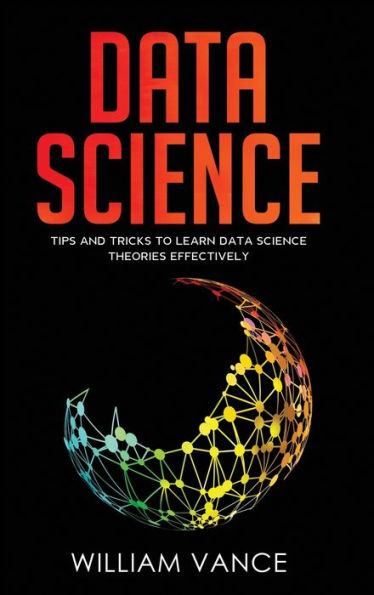There is a popular joke that a data scientist is someone who knows more computer science than a statistician, and knows more statistics than a computer scientist. While to a large extent, this is true, becoming a good data scientist requires the mastery of not only these two key areas, but also some theories and models crucial to this field. However, this area has proven to be very difficult to understand. Data scientists get easily get fed up with the various theories and models they have to master to excel in the field.
The growing rate of Data science today has made it a go-to area of computer studies. Data scientists are needed in virtually all fields and careers. Platforms like Facebook, Twitter, and even more professional site like LinkedIn are made effective by data scientists. The service of a data scientist is needed in professions such as business and finance organizations, banks, health care centers, and even law firms.
This book provides a detailed explanation of the theories, algorithms, statistics, and analysis applicable to the domain of data science. It gives a step by step guide on how the various theories in data science are implemented. It explains in detail the difference between the two major types of regressions we have: linear and nonlinear regressions. Explanation on interesting areas like R programming, Auction, data extraction and analysis, algorithms, and many more are covered in detail.
Data science entails the mastery of statistics applicable to the field. In this book, formulas for examining key areas, like handling data, analyzing data, and implementing data are provided.
The book is recommended to all interested readers who aspire to stand out in the field of data science.
There is a popular joke that a data scientist is someone who knows more computer science than a statistician, and knows more statistics than a computer scientist. While to a large extent, this is true, becoming a good data scientist requires the mastery of not only these two key areas, but also some theories and models crucial to this field. However, this area has proven to be very difficult to understand. Data scientists get easily get fed up with the various theories and models they have to master to excel in the field.
The growing rate of Data science today has made it a go-to area of computer studies. Data scientists are needed in virtually all fields and careers. Platforms like Facebook, Twitter, and even more professional site like LinkedIn are made effective by data scientists. The service of a data scientist is needed in professions such as business and finance organizations, banks, health care centers, and even law firms.
This book provides a detailed explanation of the theories, algorithms, statistics, and analysis applicable to the domain of data science. It gives a step by step guide on how the various theories in data science are implemented. It explains in detail the difference between the two major types of regressions we have: linear and nonlinear regressions. Explanation on interesting areas like R programming, Auction, data extraction and analysis, algorithms, and many more are covered in detail.
Data science entails the mastery of statistics applicable to the field. In this book, formulas for examining key areas, like handling data, analyzing data, and implementing data are provided.
The book is recommended to all interested readers who aspire to stand out in the field of data science.

Data Science: Tips and Tricks to Learn Data Science Theories Effectively
224
Data Science: Tips and Tricks to Learn Data Science Theories Effectively
224
Product Details
| ISBN-13: | 9781913597757 |
|---|---|
| Publisher: | Joiningthedotstv Limited |
| Publication date: | 03/06/2020 |
| Series: | Data Science , #2 |
| Pages: | 224 |
| Product dimensions: | 6.00(w) x 9.00(h) x 0.56(d) |
